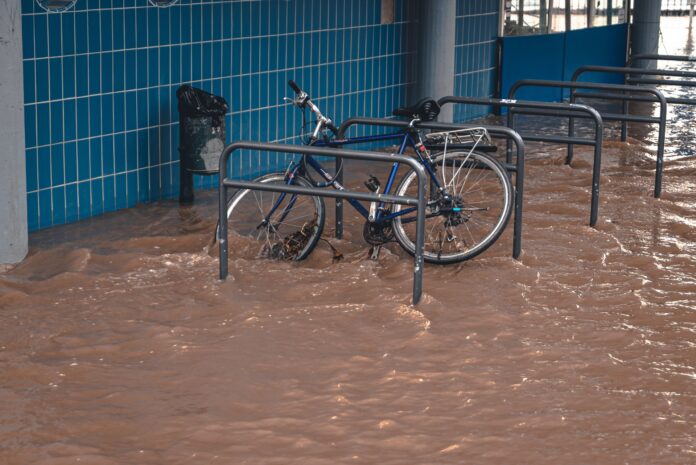Water can enter homes during storms or heavy rain that causes flooding. Sometimes, burst pipes and clogged sewerage or drainage systems might drive water inside homes. If the water does not subside soon, you should dial up Robinson Restoration in Portland and seek their services to mitigate the damage caused to the building and other items like furniture, household equipment, electronics, and other belongings. The crew of the restoration company will use their expertise and experience to tackle the situation effectively and minimize damages while taking steps to restore the household to the pre-flooding state.
This article should help you understand the water damage restoration process.
Removal of additional water
If water remains stranded on the floors, removing it completely by using pumps and or wiping is the first step. Depending on the extent of water exposure, the crew of the restoration company might use portable extractors to remove excess water from soaked carpets provided these are suitable for salvaging. Once the water removal is complete, a thorough inspection of the entire household especially the affected areas should help to ascertain the extent of damage and develop a plan for restoration of the building and the affected articles.
Debris removal and demolition
Water exposure can damage drywall down to the studs and other building features if allowed to stand for a long time. Carpets, carpet padding, etc. often undergo so much damage that throwing these away is the only option. The restoration crew usually removes all such debris before preparing to dry out the property. Removing carpeting and drywall exposes the sub-flooring and cavities inside the walls that ensure more effective drying from deep within. However, this step is necessary only if the restoration company suspects some structural damage to the building. Or else they would simply remove the articles from the floor and proceed to dry out the property.
Drying the property
The drying process consists of applying air streams from blowers and air movers to expedite the evaporation process and ensure fast drying of the affected surfaces. Since evaporation does not ensure complete drying, using dehumidifiers alongside the blowers ensures complete moisture removal from the interior layers of the walls and floors to create completely dried surfaces in just a few days.
Applying antimicrobial compounds
Water damage to some surfaces might lead to fungal and mold growth which can be a concern. Even if mold growth is not visible, it might appear within 24 hours. Instead of taking chances, the crew applies antimicrobials to the surfaces to prevent mold growth and even destroy mold spores.
Restoration of contents
Water exposure damages your belongings to varying extents and many of these should be worthy of salvaging except a few items that get completely spoiled. The restoration crew focuses on the least damaged or unaffected items first and removes these to some off-site locations. Next, they arrange to restore the damaged articles by using appropriate techniques and technology.
Finally, the crew checks the moisture level of the building to ascertain proper drying and starts re-building the building parts that need full restoration.


